|
|
|
LessLoss vs Nordost Heimdall
| LessLoss vs Acrolink
| LessLoss vs Nordost Frey
| LessLoss vs Cardas cables
| LessLoss vs Nordost cables
| LessLoss vs Furutech cables
| LessLoss vs Audience cables
| LessLoss vs Nordost Valhalla
| LessLoss vs Shunyata Research
| Audiophile DAC
Copyright © 2025 LessLoss Audio Web shop / E-Commerce solutions by Web Solutions / Design & photography by Fono
|


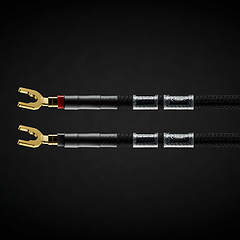

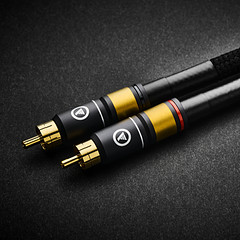



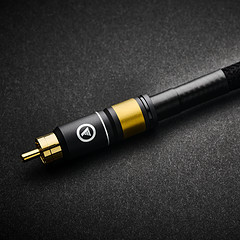

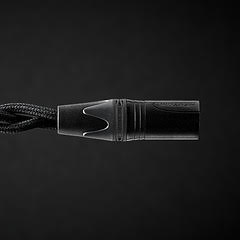
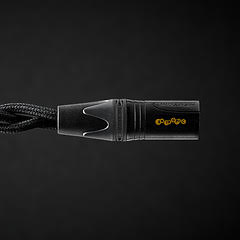

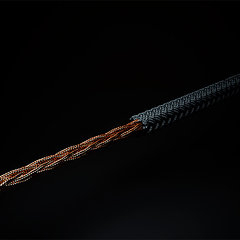














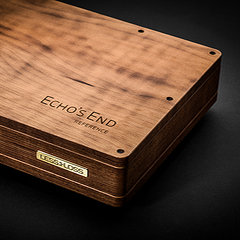

 Beware of Fakes
Beware of Fakes
